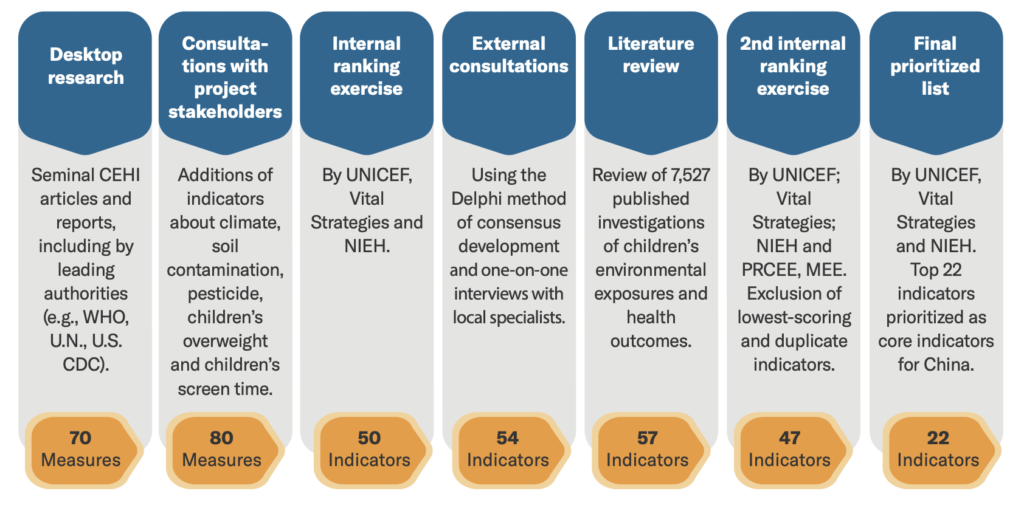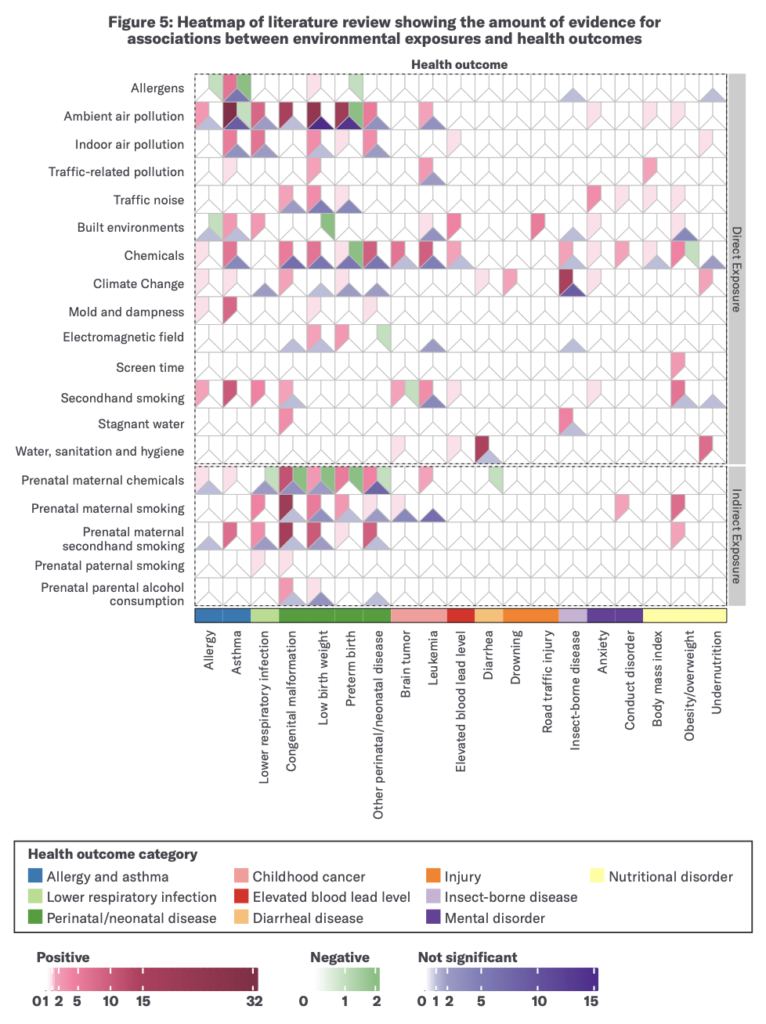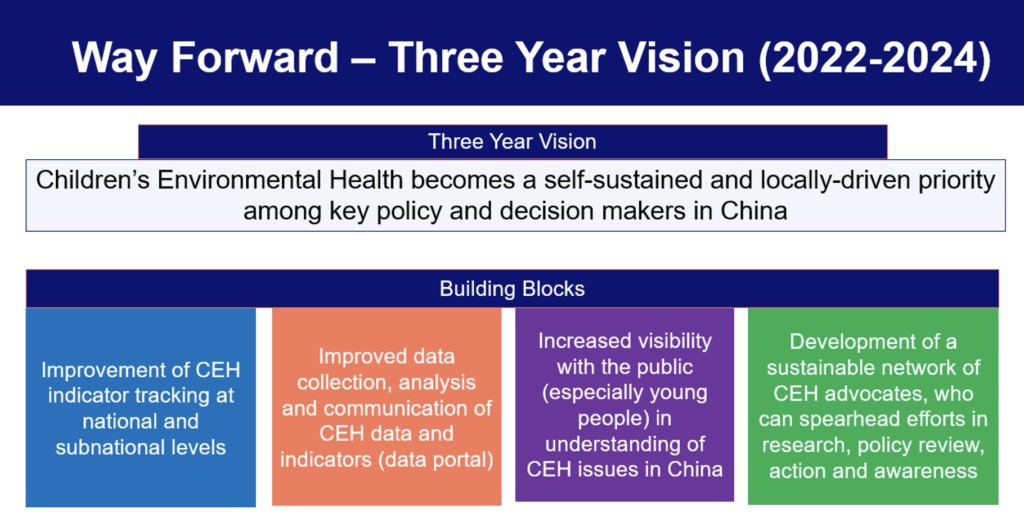Q&A with Yue Zhang – Program Manager, Environmental Health
Yue Zhang is a Program Manager for the Environmental Health Division at Vital Strategies. In her role, Yue has worked on developing children’s environmental health indicators (CEHIs) in China. CEHIs present summarized data to describe children’s health in relation to environmental factors. For example, they can describe the frequency of a health or environmental problem, an average exposure, or the number of children affected.
Yue worked with UNICEF and other partners in China to help develop indicators to serve as the core of China’s children’s environmental health surveillance, resulting in a recently published report, Prioritizing Children, Children’s Environmental Health Indicators for China.
She is now collaborating to develop a data portal for CEHIs, draft the National Profile for Children’s Environmental Health in China, and pilot CEHI data collection and analysis in selected provinces and cities. Vital’s Environmental Health team will continue to support China’s environmental health work over the next three years to help:
- Promote children’s health by quantifying the magnitude of a public health problem;
- Detect trends in environmental health exposures and outcomes;
- Identify subpopulations at risk of environmentally attributable illnesses; and
- Direct and evaluate environmental measures for disease control and prevention.
These indicators will prove useful as Vital Strategies looks to expand the CEHI initiative, particularly to countries looking to strengthen their environmental health capacities.
What sectors need to be involved during the development of CEHIs?
Environmental health is by nature multidisciplinary and therefore CEHIs need to work across sectors. In China, both the health and environment sectors play a central role in promoting environmental health and were both key partners throughout this project. As the definition of environmental health expands, areas such as climate change, built environment (structures and facilities), and food and product safety have gained more attention and become critical elements of environmental health. Thus, other sectors—such as emergency and disaster management, housing and urban-rural development, transportation, market administration and regulation—were also consulted while developing CEHIs. To give this set of CEHIs international perspective and validation, international organizations such as UNICEF, WHO and UNEP also provided expertise. In addition, academic and research institutions as well as NGOs were involved to ensure the CEHIs were scientifically sound and well communicated. Securing collaboration from stakeholders across sectors throughout the development stage was crucial to ensure that the proposed CEHIs are relevant for the country context and can be widely recognized and adopted by potential users—including health and environment authorities, academics and NGOs. Moving forward, the private sector, especially pollutant-emitting industries, needs to be engaged in CEHI programming to better mobilize and measure action in controlling environmental hazards.
What was the process for developing CEHIs?

Note: NIEH: National Institute of Environmental Health, Chinese Center for Disease Control and Prevention
PRECC, MEE: Policy Research Center for Environment and Economy, Ministry of Ecology and Environment of the People’s Republic of China
There are many CEHIs that China could have implemented. How did you present the evidence for the ones you selected?

What’s the plan for next steps in China?
To build on the successful development of CEHIs, Vital Strategies is working with UNICEF and government agencies across three areas: 1) developing a digital CEHI data visualization portal; 2) developing the National Profile for Children’s Environmental Health in China, based on data analysis and visualization of national level CEHI data; and 3) testing the data visualization portal with one province and one city’s CEHI data.
We envision continuous investment in CEHIs in China over the next three years, with the goal of making children’s environmental health a self-sustained and locally driven priority among policymakers and decision-makers.

Get Our Latest Public Health News
Join our email list and be the first to know about our public health news, publications and interviews with experts.